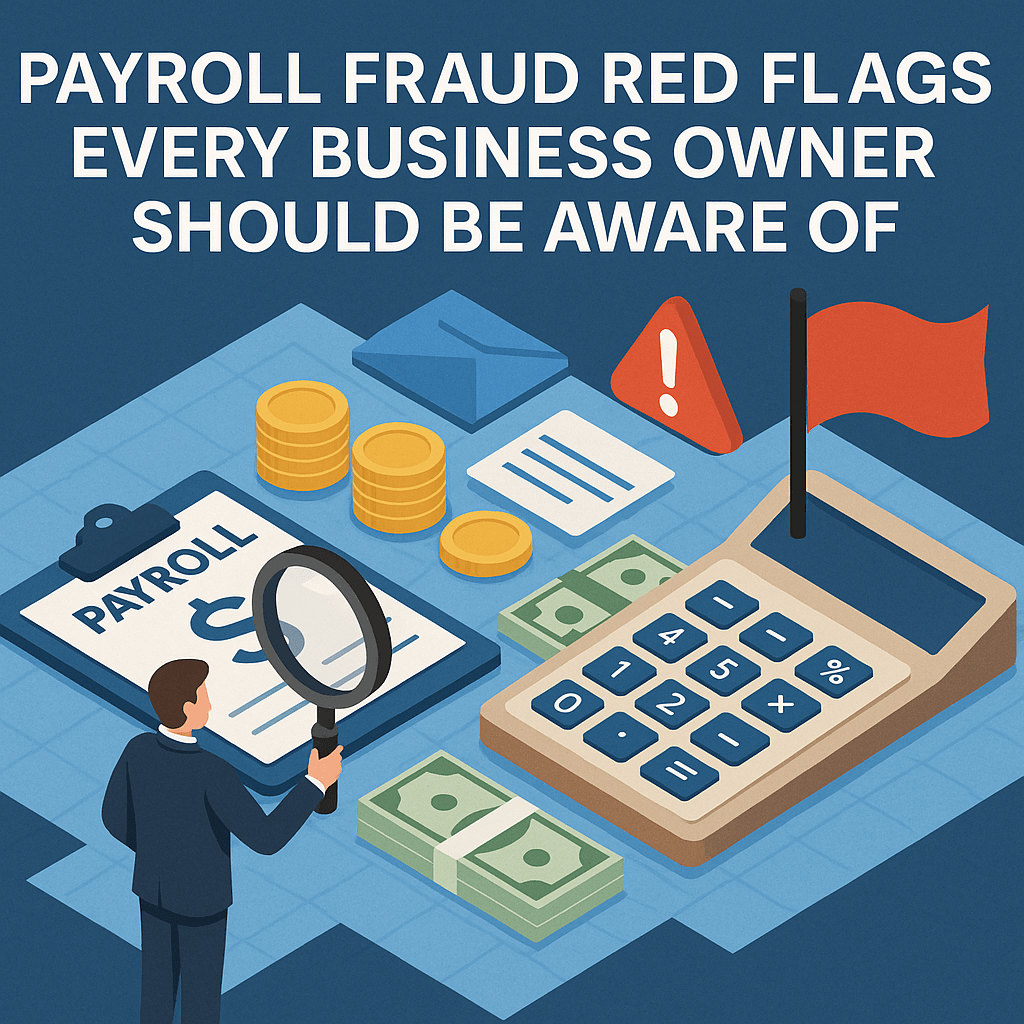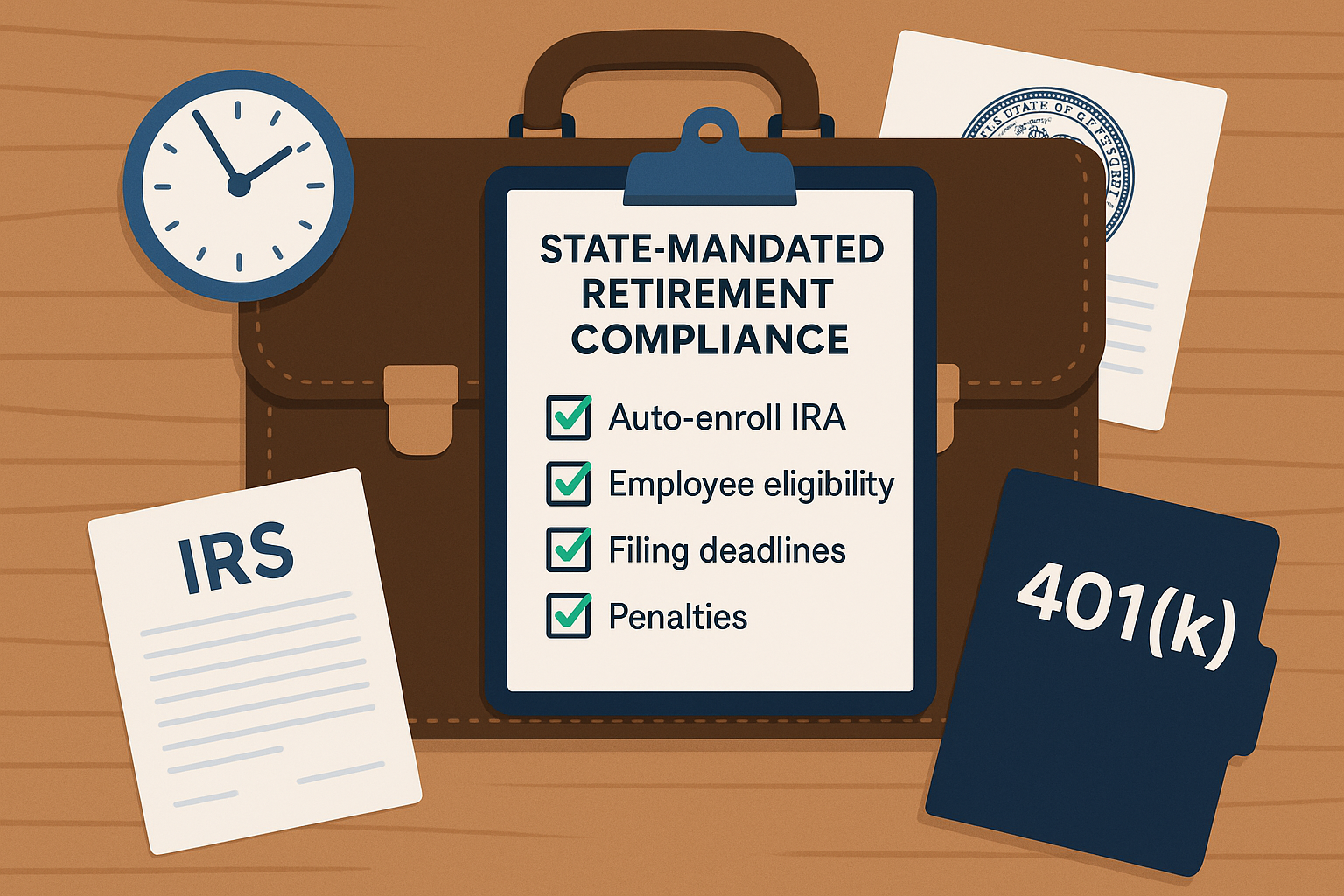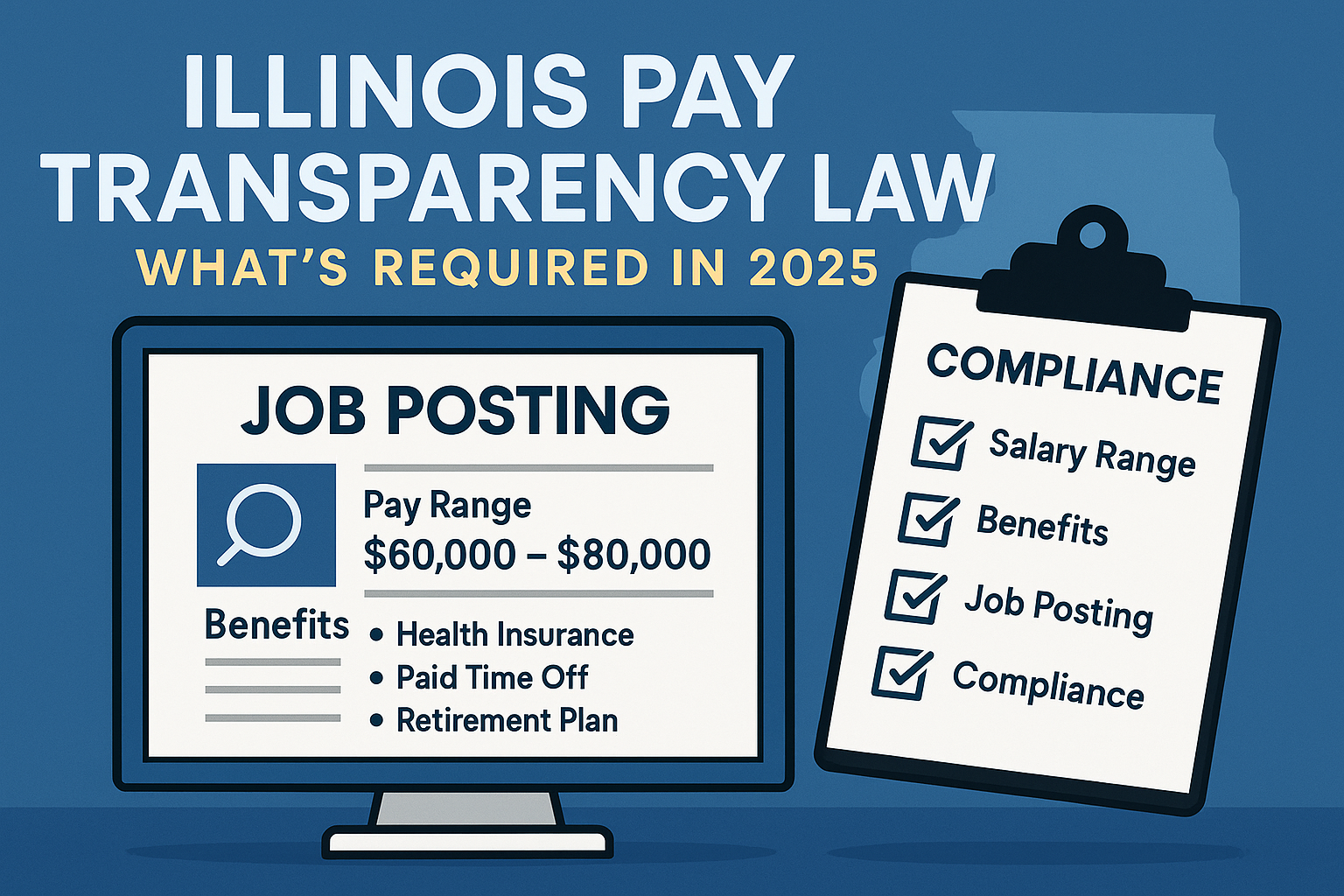Are You Sure You’re Overtime Compliant? The Costly Truth About Employee Misclassification
August 6th, 2025
10 min read

Are you certain you're compliant with overtime laws? Many business owners and HR leaders mistakenly assume their employees are exempt, only to face thousands in back wages, penalties, and legal headaches later. Misclassifying just one employee or misunderstanding one exemption can lead to immense costs, disrupting your operations and damaging your reputation.
📊 Data Stat: In 2023 alone, the DOL recovered $274 million in back wages for more than 163,000 workers. Behind each case is an employer who believed their classifications were correct—until an audit proved otherwise.
At Lift HCM, we’ve worked with countless businesses who believed they were exempt from overtime rules—until they weren’t. From salaried supervisors to remote creatives, overtime liabilities often show up in places employers don’t expect. We understand the complexities because we navigate them daily with our clients.
In this article, you’ll learn when overtime must be paid (even if you think it doesn’t apply), what the FLSA says, and how to stay compliant while avoiding the most common and costly mistakes. We'll equip you with the knowledge and actionable steps to become the source of truth for your own company's payroll.
Table of Contents
- What the FLSA Says About Overtime
- Common Misconceptions About Who Is Exempt
- Hidden Overtime Liabilities: Where Employers Commonly Misstep
- State-Specific Overtime Laws: An Essential Layer of Compliance
- Penalties for Overtime Noncompliance: Beyond the Dollar Signs
- How to Audit Your Current Classification and Payroll Practices
- Tools and Strategies to Stay Compliant
- Don’t Guess—Know When You Must Pay Overtime
What the FLSA Says About Overtime
The Fair Labor Standards Act (FLSA) is the cornerstone federal law governing wage and hour standards in the U.S., including minimum wage, recordkeeping, and child labor, but most notably, overtime. According to the FLSA:
Non-exempt employees must receive 1.5 times their regular rate of pay for any hours worked over 40 in a workweek.
"Non-exempt" means they are not exempt from the FLSA's minimum wage and overtime protections.
Here’s the tricky part: not all salaried employees are exempt, and not all exempt-looking job titles actually meet the exemption criteria. The actual duties performed by an employee are paramount, often overriding job titles or even an employee's understanding of their own status.
FLSA Exemption Criteria: A Closer Look at the "White Collar" Tests
To be truly exempt from federal overtime pay, an employee must meet all three of the following federal criteria, commonly known as the "white collar" exemptions:
Salary Basis Test: The employee must be paid a predetermined and fixed salary that does not fluctuate based on the quality or quantity of work performed. Generally, deductions from this salary are strictly limited. If an employer makes improper deductions, it can jeopardize the exemption for all employees in that class.1. Salary Basis Test: The employee must be paid a predetermined and fixed salary that does not fluctuate based on the quality or quantity of work performed. Generally, deductions from this salary are strictly limited. If an employer makes improper deductions, it can jeopardize the exemption for all employees in that class.
2. Salary Level Test: The employee must earn at least $684 per week ($35,568 annually) under current federal guidelines. It's crucial to note that state laws often have significantly higher thresholds. While the Department of Labor has attempted to raise this amount in the past, federal court rulings have currently kept it at this level. Always check both federal and state requirements, as the higher standard will apply.
3. Duties Test: This is often the most complex and contested part of the exemption analysis. The employee's primary duty must involve specific responsibilities that align with one of the recognized exemptions. "Primary duty" means the principal, main, major, or most important duty that the employee performs.
-
Executive Exemption: The employee's primary duty is managing the enterprise or a recognized department, customarily directing the work of two or more other employees, and having the authority to hire or fire (No less than $684 per week).
-
Administrative Exemption: The employee's primary duty is performing office or non-manual work directly related to the management or general business operations of the employer, which includes the exercise of discretion and independent judgment on significant matters (No less than $684 per week).
-
Professional Exemption (Learned Professionals): The employee's primary duty requires advanced knowledge in a field of science or learning customarily acquired by a prolonged course of specialized instruction (e.g., doctors, lawyers, accountants; no less than $684 per week).
-
Professional Exemption (Creative Professionals): The employee's primary duty requires invention, imagination, originality, or talent in a recognized artistic or creative field (No less than $684 per week).
-
Computer Employee Exemption: Certain highly skilled computer professionals can be exempt if they meet specific duty requirements and are paid a salary or an hourly rate of at least $27.63 (No less than $684 per week for salary, no less than $27.63/hour for hourly).
-
Outside Sales Exemption: The employee’s primary duty is making sales or obtaining orders away from the employer’s place of business. This exemption does not require a salary basis (No minimum salary required).
If any one of these three federal criteria is not met, the employee must be classified as non-exempt and is eligible for overtime, regardless of how they are paid or what their job title is.
Executive Exemption: The employee's primary duty must be managing the enterprise or a recognized department or subdivision; they must customarily and regularly direct the work of two or more other full-time employees or their equivalent; and they must have the authority to hire or fire other employees, or their suggestions and recommendations as to the hiring, firing, advancement, promotion, or any other change of status of other employees must be given particular weight.Salary Level Test: The employee must earn at least $684 per week ($35,568 annually) under current federal guidelines. It's crucial to note that state laws often have significantly higher thresholds. While the Department of Labor has attempted to raise this amount in the past, federal court rulings have currently kept it at this level. Always check both federal and state requirements, as the higher standard will apply.
Common Misconceptions About Who Is Exempt
Many employers mistakenly believe certain roles are automatically exempt, leading to costly errors. Here are some common myths—and the realities behind them:
|
Misconception |
Reality |
|
“They’re salaried, so they don’t get overtime.” |
Salary alone isn’t enough. The duties test and salary level test must also be passed. Many salaried employees are non-exempt and must receive overtime. |
|
“They’re a manager—they must be exempt.” |
A job title means nothing without the right responsibilities and duties being performed. A "manager" who spends most of their time performing the same tasks as their team (e.g., a fast-food shift supervisor) may not qualify for the executive exemption. |
|
“We allow flexible schedules, so overtime rules don’t apply.” |
Overtime is based on actual hours worked in a workweek (over 40), regardless of when or how those hours are worked. Flexible schedules don't negate overtime obligations if hours exceed the threshold. |
|
“They signed a contract saying they’re exempt.” |
Employees cannot waive their right to overtime under the FLSA. Any agreement that attempts to do so is generally unenforceable, and misclassification still leads to liability. |
|
"They're highly paid, so they must be exempt." |
While there is a "Highly Compensated Employee" exemption, it still requires the employee to perform at least one of the exempt duties of an executive, administrative, or professional employee. High pay alone is not sufficient. |
Hidden Overtime Liabilities: Where Employers Commonly Misstep
Overtime mistakes often stem from misunderstanding complex or "gray" areas of the FLSA. Let's look at roles and situations where businesses commonly misstep, often unintentionally:
-
Inside Salespeople: Unless they meet the "outside sales exemption," these employees often must be paid overtime, even if they are heavily commissioned. Many employers mistakenly believe commissions automatically grant them exempt status.
-
IT Staff and Creatives: Developers, graphic designers, content creators, and other technical or creative professionals often perform non-exempt work despite earning competitive salaries. Exemption depends strictly on job duties, not just the industry or how much they earn.
-
Remote Workers: Just because someone is remote doesn’t mean they’re exempt. Their time must still be accurately tracked, and hours over 40 must be compensated.
-
Nonprofits and Small Employers: The FLSA generally applies based on annual revenue ($500,000+) or if the employee’s work involves interstate commerce—a broader definition than you might expect.
-
Travel Time: For non-exempt employees, time spent traveling for work between job sites is compensable. Special rules apply to home-to-work travel, but once work begins, travel time often counts as hours worked.
-
"On-Call" Time: If a non-exempt employee is required to remain on or near the employer's premises and their time is restricted, that "on-call" time is generally compensable.
-
Training Time: Time spent at training programs and similar activities is generally considered compensable hours for non-exempt employees unless specific criteria are met.
State-Specific Overtime Laws: An Essential Layer of Compliance
While the FLSA provides a critical federal baseline, complying with state-specific wage and hour laws is absolutely paramount. Many states have their own regulations that often provide greater protections for employees than the FLSA, and when state and federal laws conflict, employers must always follow the law that provides the greater benefit to the employee.
Here are common ways state laws can differ and exceed federal requirements:
- Higher Salary Thresholds for Exemption: As noted earlier, many states set their own minimum salary levels for white-collar exemptions that are significantly higher than the federal $684 per week. California, New York, and Washington are prime examples of states with much steeper salary requirements.
- Daily Overtime: Unlike the FLSA, which generally only requires overtime after 40 hours in a workweek, several states mandate overtime pay for hours worked beyond a certain threshold in a single workday.
- California: Requires 1.5x regular rate for hours over 8 in a workday or 40 in a workweek, and 2x regular rate for hours over 12 in a workday or 8 hours on the 7th consecutive day of work in a workweek.
- Alaska, Colorado, Nevada, Oregon: Also have daily overtime provisions, though their specific thresholds and calculations may vary.
- "Seventh Day" Overtime: Some states require overtime pay for all hours worked on the seventh consecutive day of work in a workweek, even if the total weekly hours don't exceed 40.
- Different Duties Tests: While less common, some states may interpret or apply the "duties test" for exemptions differently than the FLSA, or they might have stricter requirements for specific industries or professions.
- Meal and Rest Break Requirements: Many states have explicit laws mandating paid or unpaid meal and rest breaks, which can impact compensable time and, by extension, overtime calculations. Federal law has no such general requirements for adults.
- "Reporting Time" or "Call-In Pay": Some states require employers to pay employees for a minimum number of hours when they are required to report to work but are sent home early due to lack of work.
- Payment of Wages at Termination: State laws often dictate strict timelines for final paychecks (including accrued PTO and commissions) upon an employee's voluntary or involuntary termination.
- Penalties and Statute of Limitations: State laws often impose harsher penalties for wage and hour violations than federal law, and they may have longer statutes of limitations (the period in which an employee can bring a claim).
Critical Compliance Notes
- Always apply the HIGHER of federal or state thresholds
- Some states tie thresholds to minimum wage multipliers (automatic increases)
- Cities may have additional requirements (NYC, Seattle, San Francisco)
- Large vs. small employer distinctions vary by state
- Several states have pending legislation that may increase thresholds in 2025
- States with daily overtime may have different exemption criteria
Navigating this patchwork of regulations requires vigilance. What's compliant in one state might be a costly error in another. This highlights why a comprehensive understanding and regular auditing are not just good practice, but a legal necessity.
Penalties for Overtime Noncompliance: Beyond the Dollar Signs
Misclassifying employees or failing to pay required overtime can lead to serious and costly consequences, extending far beyond immediate financial payouts:
|
Penalty Type |
Description |
|
Back Wages |
Owed to the employee for all unpaid overtime, often going back several years (typically 2 years under FLSA, 3 for willful violations, but state laws can have longer periods). |
|
Liquidated Damages |
An additional amount equal to the back wages (effectively doubling the cost), unless the employer can prove they acted in good faith and had reasonable grounds for the violation. |
|
Attorney Fees |
Required if the employee wins a wage claim or lawsuit, further escalating the cost of litigation. |
|
IRS Penalties |
For incorrect tax withholdings, unpaid unemployment taxes, and other payroll tax liabilities related to miscalculated wages. |
|
State Penalties |
Additional fines and penalties depending on local labor laws, which can be significantly stricter and more punitive than federal ones (e.g., California's PAGA penalties). |
How to Audit Your Current Classification and Payroll Practices
If you’re unsure about your classifications, you’re not alone. Even well-meaning businesses make mistakes. Here’s a practical, step-by-step checklist to begin your comprehensive internal audit:
Classification & Payroll Audit Checklist
Define Your Audit Scope:1. Define Your Audit Scope ✅
Determine the timeframe to review (e.g., past 12–24 months)
Identify key stakeholders (HR, payroll, legal, managers)
Clarify the primary objective of the audit
2. Gather Essential Documentation 🗃️
Employee rosters with start/end dates, job titles, pay rates, classification
Job descriptions (current and historical)
Time & attendance records (timesheets, PTO, clock-in/out logs)
Payroll registers (gross wages, deductions, bonuses, etc.)
Company policies (handbook, timekeeping, exemption policies)
Employment contracts or offer letters
3. Review Employee Classifications 📝
Compare exempt employee duties to FLSA tests (Executive, Admin, etc.)
Verify salary basis and federal/state thresholds
Review independent contractors against IRS/DOL standards
4. Analyze Time & Payroll Data 📊
Cross-check hours worked vs. payroll for non-exempt employees Confirm correct overtime pay (1.5x regular rate)
Verify legal deductions (taxes, benefits, garnishments)
Reconcile payroll records with bank statements and ledger
5. Address Discrepancies & Take Action ⚠️
Document all findings and non-compliance issues
Create a corrective action plan
Communicate changes to employees
Consult legal if needed and consider DOL self-reporting
Establish regular compliance audits
Tools and Strategies to Stay Compliant
Avoiding overtime liability isn’t just about knowing the law—it’s about building robust, proactive systems that catch errors before they snowball into major problems.
- Integrated Time Tracking Systems: Utilize modern time and labor systems with built-in alerts that notify managers when employees approach or exceed overtime thresholds. These systems can also enforce break compliance and capture all compensable time, even for remote workers.
- HRIS with Job Code Classification: Leverage your HRIS (Human Resources Information System) to store and manage accurate job descriptions and FLSA classification determinations. Ensure these systems are regularly updated with changes in roles or regulations.
- Automated Payroll Software: Implement payroll software that integrates directly with time tracking, automatically calculates overtime at the correct rates (including the "regular rate of pay"), and accounts for all types of compensation.
- Customizable Overtime Reports: Regularly generate and review reports showing which employees routinely cross 40+ hours, highlight unusual pay patterns, or flag potential misclassification risks within specific departments.
- Mobile Clock-in Tools with Geofencing: For remote or field workers, mobile clock-in apps with geofencing capabilities can ensure employees are clocking in from approved locations, adding another layer of compliance and accuracy to timekeeping.
- Regular Training and Education: Provide ongoing, mandatory training for managers and HR staff on FLSA rules, state wage and hour laws, proper timekeeping procedures, and the nuances of employee classification. Employees should also be trained on accurate time reporting.
- Policy Development and Communication: Develop clear, written policies on timekeeping, overtime, meal/rest breaks, and employee classification. Communicate these policies regularly to all employees and ensure they are easily accessible.
- Periodic Internal Audits: Establish a consistent schedule for internal payroll and classification audits (e.g., quarterly spot checks, annual comprehensive reviews). This proactive approach allows you to identify and rectify issues before they become major problems.
- Consult with Experts: For complex cases, new positions, or multi-state operations, don't hesitate to consult with qualified labor attorneys or HCM compliance experts like Lift HCM. Their specialized knowledge can prevent costly mistakes!
At Lift HCM, we partner with clients to audit classifications, configure real-time alerts, and implement the right technology—because it’s always easier and less expensive to prevent overtime problems than to fix them later.
Don’t Guess—Know When You Must Pay Overtime
Even well-run businesses can inadvertently mismanage overtime—especially as job roles evolve or complex federal and state laws change. Proactive compliance is your strongest defense.
The FLSA is clear: if an employee doesn’t meet all exemption criteria (salary basis, salary level, and duties), they must be paid overtime. The burden of proof to demonstrate exemption rests squarely on the employer.
Don’t wait for an audit or complaint to surface costly mistakes. Audit your current employee classifications and evaluate your time-tracking and payroll systems now. Ensure you're compliant with both federal and all applicable state laws.
At Lift HCM, we help small and mid-sized businesses stay on the right side of wage and hour compliance. From detailed classification audits to modern payroll software integration and ongoing expert guidance, we’re your partner in confident compliance.
👉 Learn how Lift HCM can help you stay compliant and avoid costly payroll mistakes!
Duties Test: This is often the most complex and contested part of the exemption analysis. The employee's primary duty must involve specific responsibilities that align with one of the recognized exemptions. "Primary duty" means the principal, main, major, or most important duty that the employee performs.
Caitlin Kapolas is a results-driven professional with a strong background in account management and retail. She is dedicated to improving client experiences and building lasting relationships. Caitlin excels in identifying client needs, resolving issues, and implementing customized solutions that drive value. Her effective communication skills ensure high client satisfaction and loyalty, making her a trusted advisor and partner in meeting client needs with precision and professionalism.
Topics:






.png?width=1536&height=1024&name=Create%20a%20background%20that%20reads%2c%20How%20Long%20to%20Keep%20P%20(1).png)
















